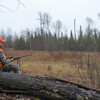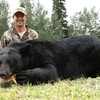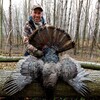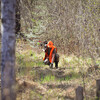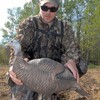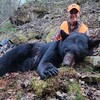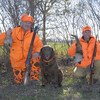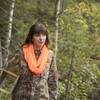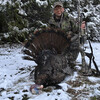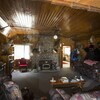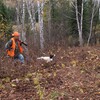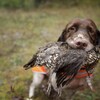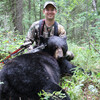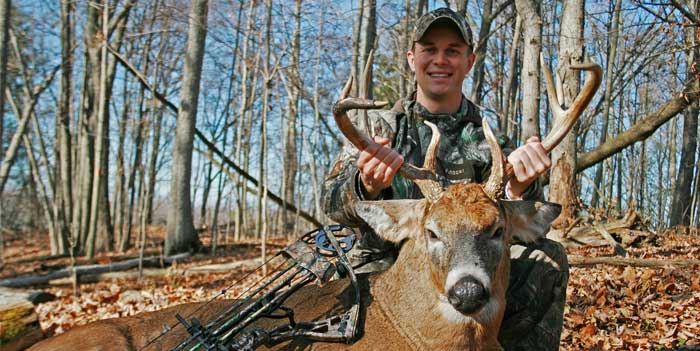Rattling and Calling Northwestern Ontario Whitetail
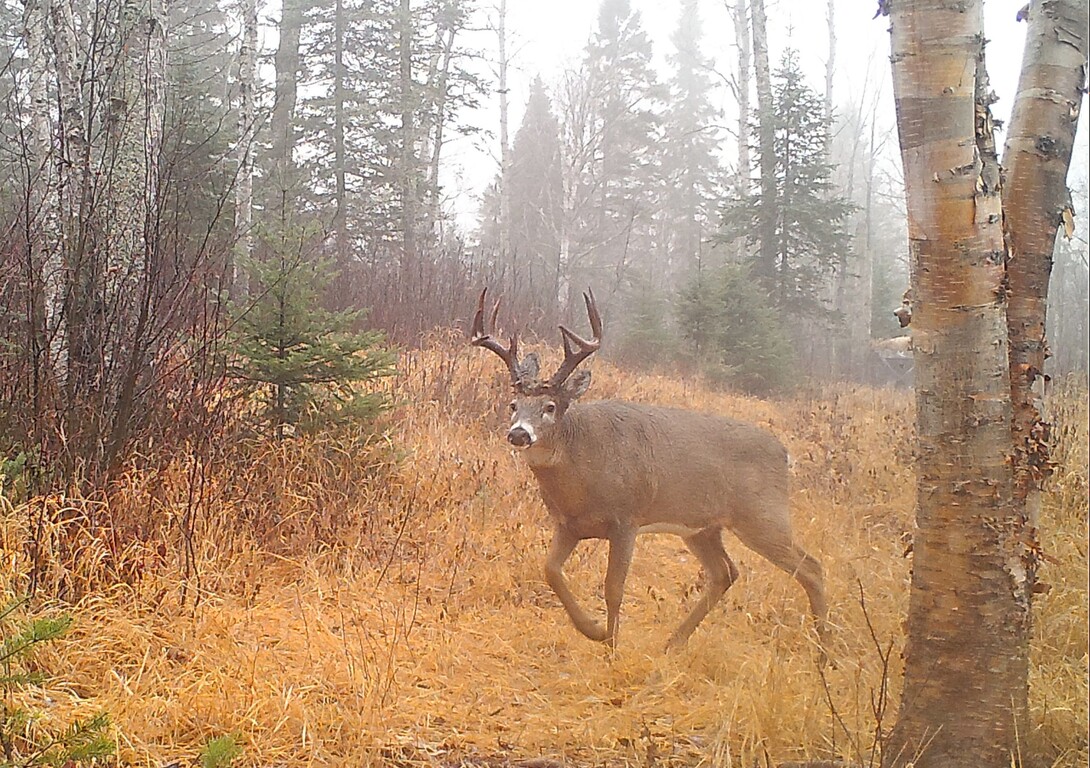
It's no fluke that most of the largest bucks I've taken have come to a rattle or call. And most of the truly giant bucks I've seen others take -- including a monster harvested by my father -- also responded to a rattle or call. Dominant bucks in the pre-rut and rut period are not very happy about having any other suitors in the area. If they hear a buck grunt, especially if they are looking for a doe themselves, they will come in for a look. In the same way, the crash of antlers is a sure sign that not one but two bucks are in the big guy's space. As often as not, this will get this attention. He may sneak in for a look. Or he may come running. Yet he likely won't ignore it. Here is a guide to rattling and calling deer.
Rattling
Bucks will often start to spar with each other as soon as the velvet is off the antlers. Initially, the sparring is light and tentative. Yet by the time October rolls around, they will be head down and really battling. The fights are often swift and noisy. The sound of antlers clashing is loud and distinct. This is what you want to mimic when you are rattling in the bush.
The tools for rattling are simple. You can use real antlers that have been taken from a previously harvested buck, fake antlers that sound similar to real ones, or you can use a small bag of round sticks in mesh called "rattle bags." The key is to emulate the sound of the bush-crashing antlers. It's difficult to do this if you've never heard it, but take it from me, there is no wrong way. Just mix loud and soft sounds... and if you have a real set of antlers, try tickling the antler tips. I'd rattle no more than a minute and wait 20 minutes. Watch and listen for any movement or sound of an approaching buck. Sometimes the bucks will run right in, more often they will sneak in silently for a look. If you don't get a response, do another set of rattling and then watch for another 20.
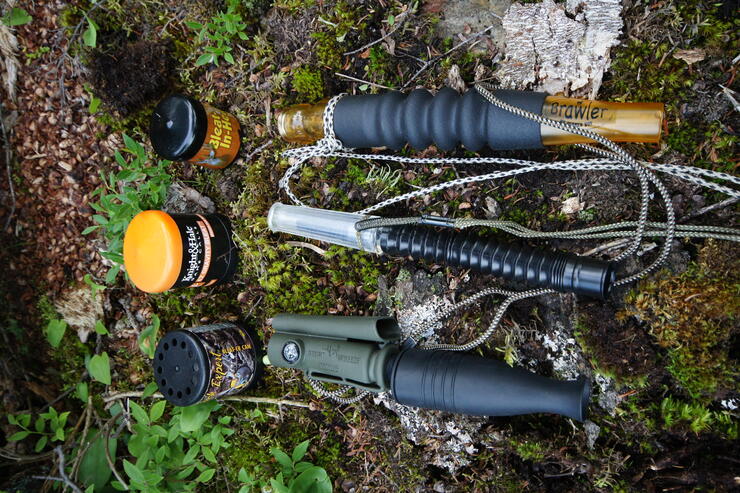
Calling
Deer make a number of vocalizations. The two main types of deer calls hunters use are antlerless bleats and buck grunts.
Bleat calls
The bleat is a vocalization made by a doe or fawn and is very close to the soft sound of a lamb crying. It is pleading and plaintive. There are some mouth calls that can make this sound, but bleat cans work really well. These "can calls" require that you flip them over then back up. A weighted diaphragm slides down and forces air out of the can to make the sound. It is not loud, but a buck can hear it for quite a ways off. Generally, a couple of soft calls is all that is required. Make the calls, then watch and listen. Occasionally, a doe may answer the call. Both bucks and does will be attracted to it if they are in the area and curious.
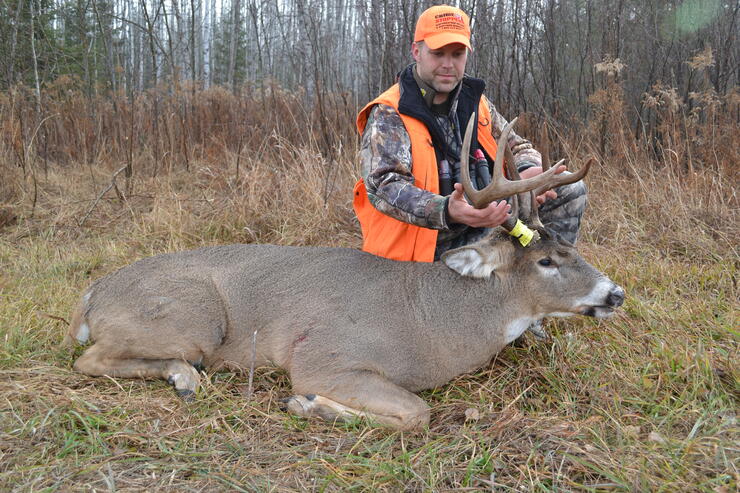
Grunt calls
The mature whitetail buck has a number of vocalizations, but the majority are variations on a grunt. During the rut -- the peak breeding period for deer in November -- it's not uncommon for bucks to walk through the woods grunting pretty much non-stop. At other times, the buck will use a single grunt as a threat to another buck. Commercial grunt tubes can mimic these sounds pretty well.
Again, there are no hard and fast rules about grunting. I've found less is generally more with grunts, and usually do two or three soft grunts in a row and then stop. Occasionally I'll mix some grunts in with rattling. This trick has paid off several times. One tip: I've always had better luck with a thinner-sounding grunt that mimics a younger animal. The deep throaty grunts sound good but seem to intimidate all but the largest animals. I prefer to see more deer and pick and choose.
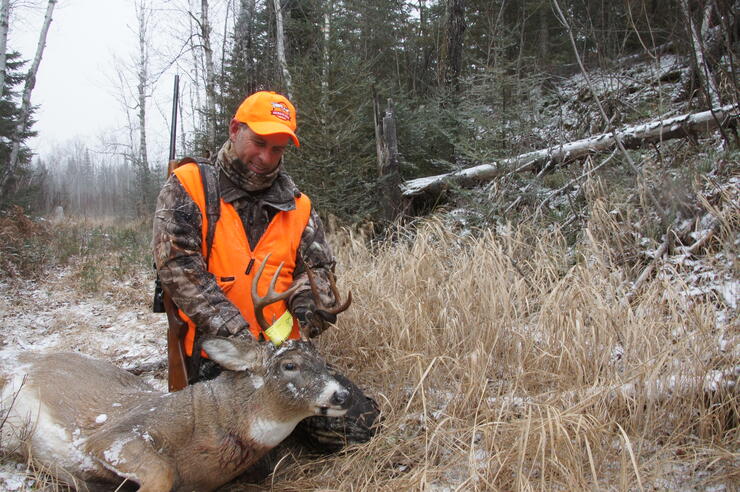
Rattling and calling is an important part of the deer hunter's arsenal. Don't be surprised if the largest buck of your life shows up to see who is responsible for all the noise!
Recommended Articles
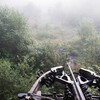
Fall Moose Hunting
Goose Hunting
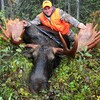
Cat Island Lodge
Big Ontario Bull Moose at 8 Yards
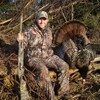
Chasing Gobblers
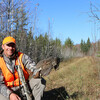
Grouse Hunting in Sunset Country
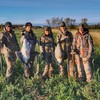
A Beginner's Guide to Hunting in Ontario
Deer Hunting in Sunset Country
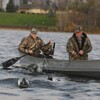
A Heritage Hunt
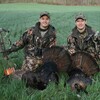
Turkey Time
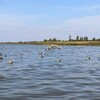
A Duck Hunting Bonanza
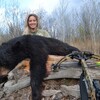
Close Encounters with Ontario Bruins
First Class Duck Hunt
Where Big Bucks Roam
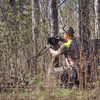
Trail Camera 101
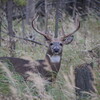
Spring Scouting
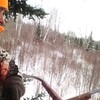
Understanding the Rut
Big Woods & Storied Bucks
